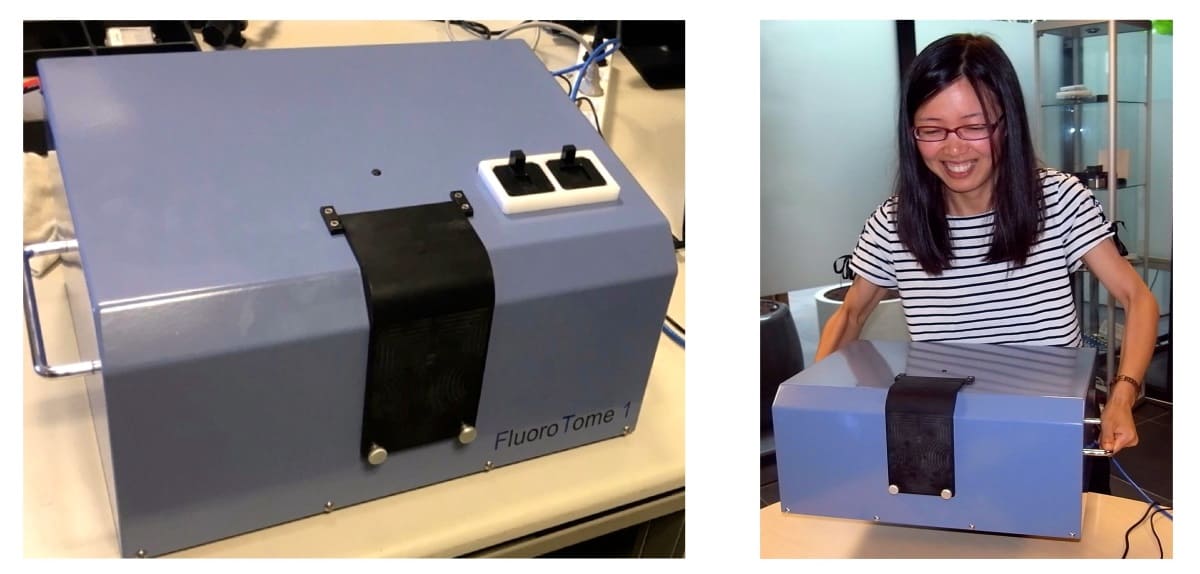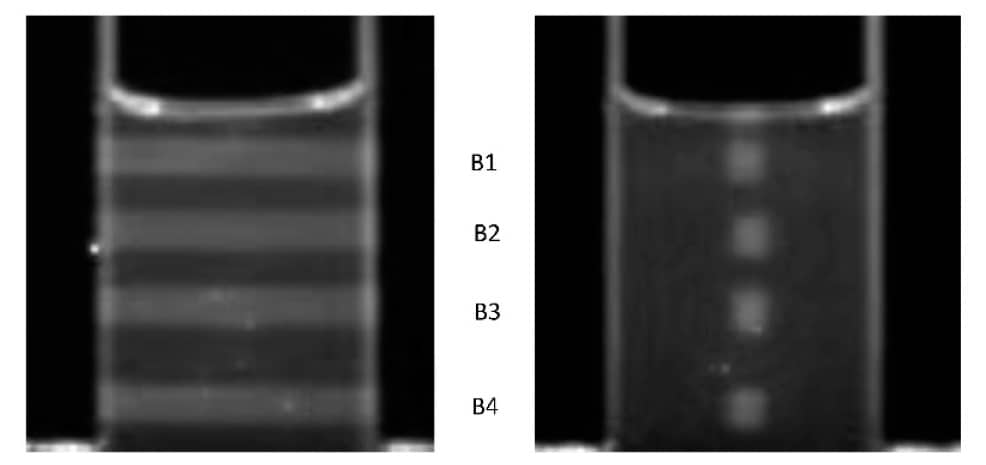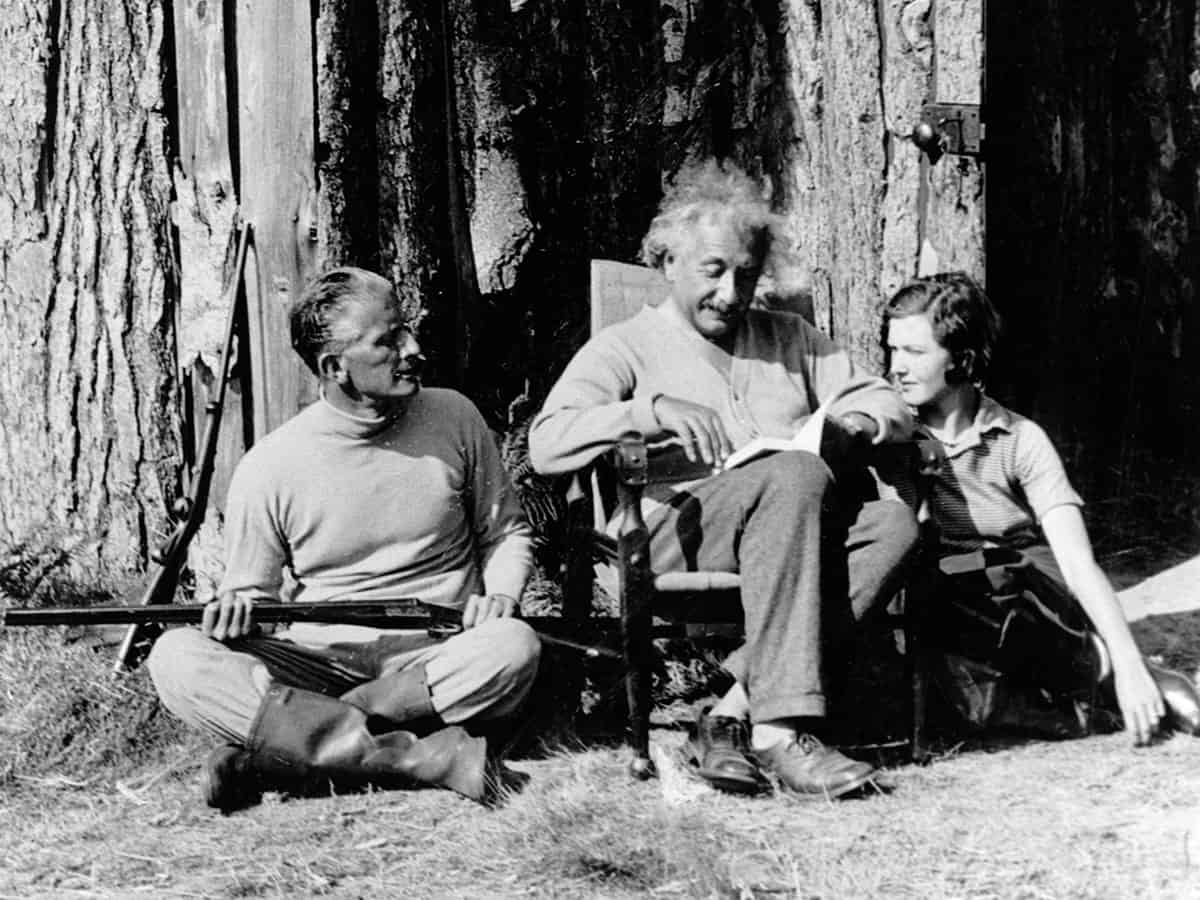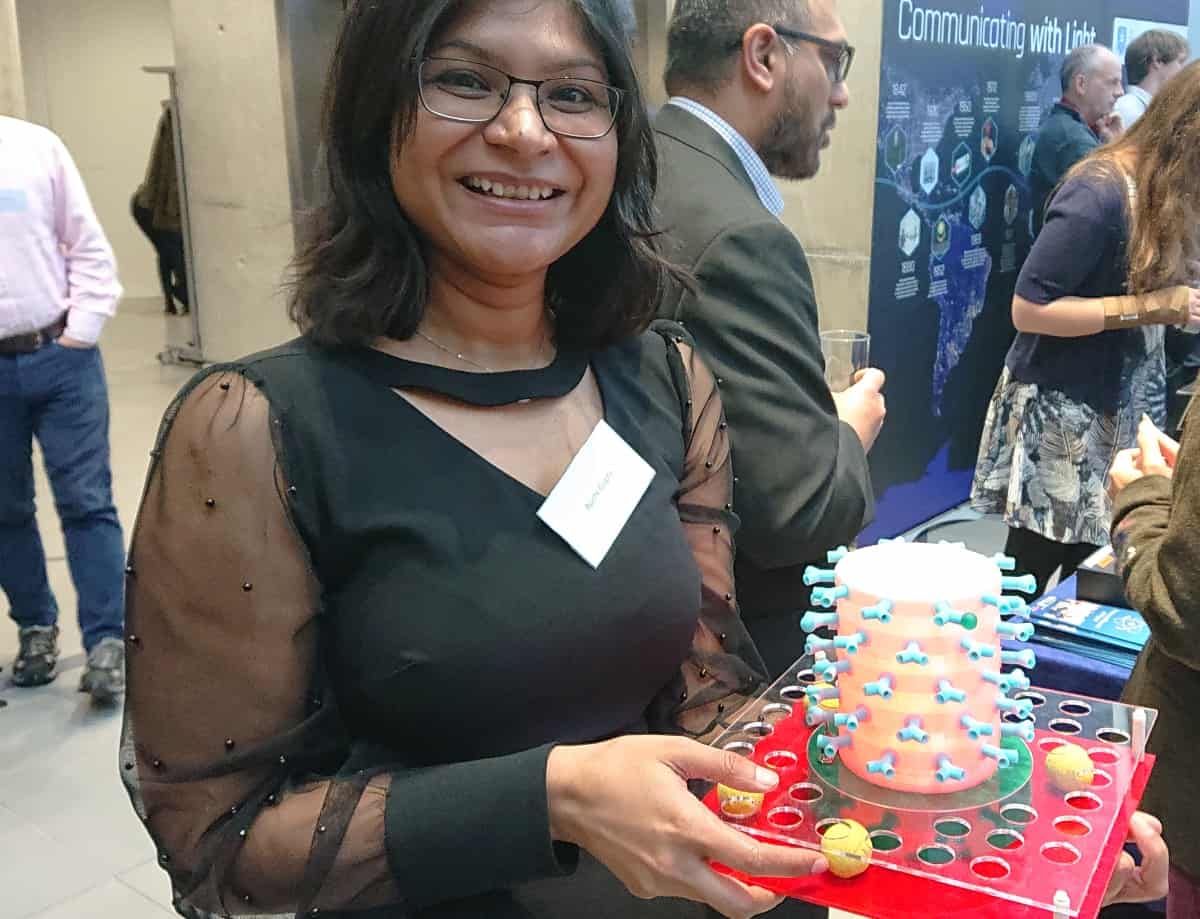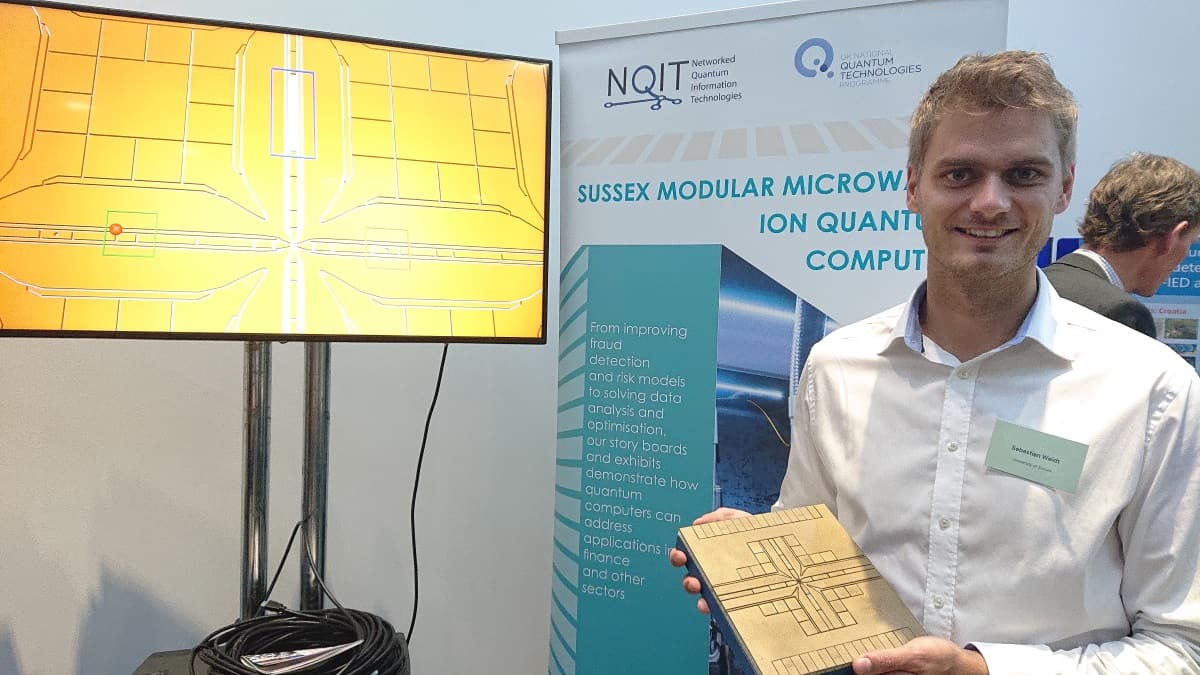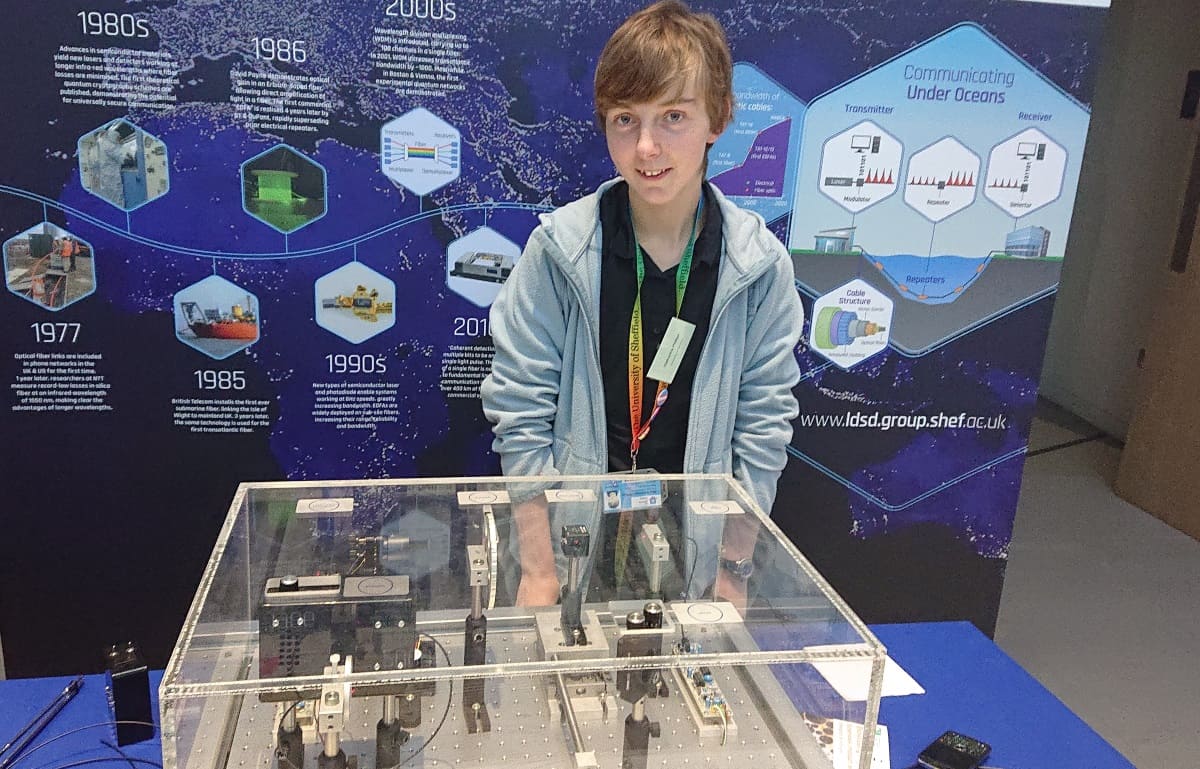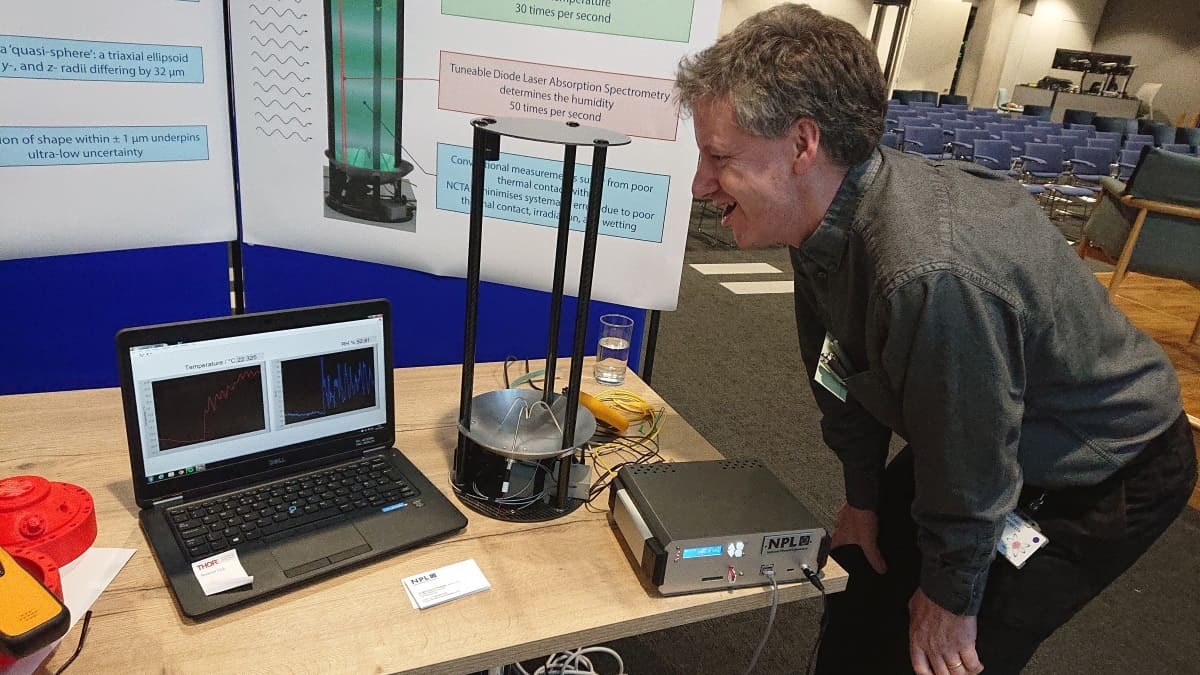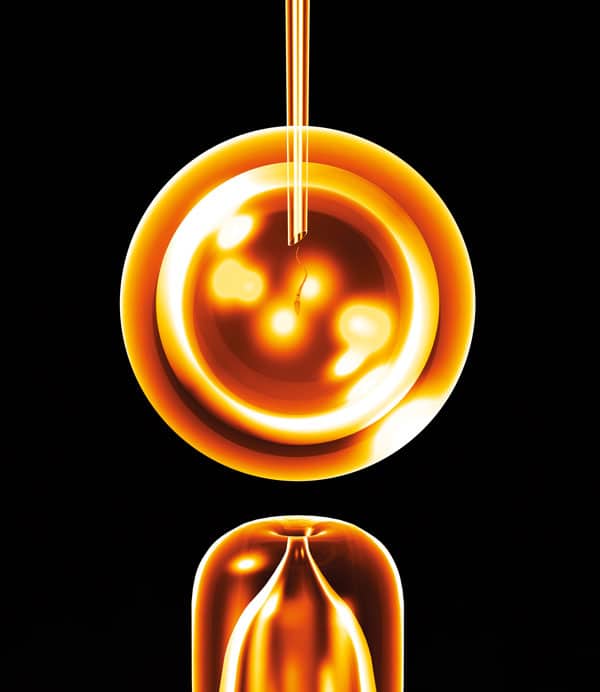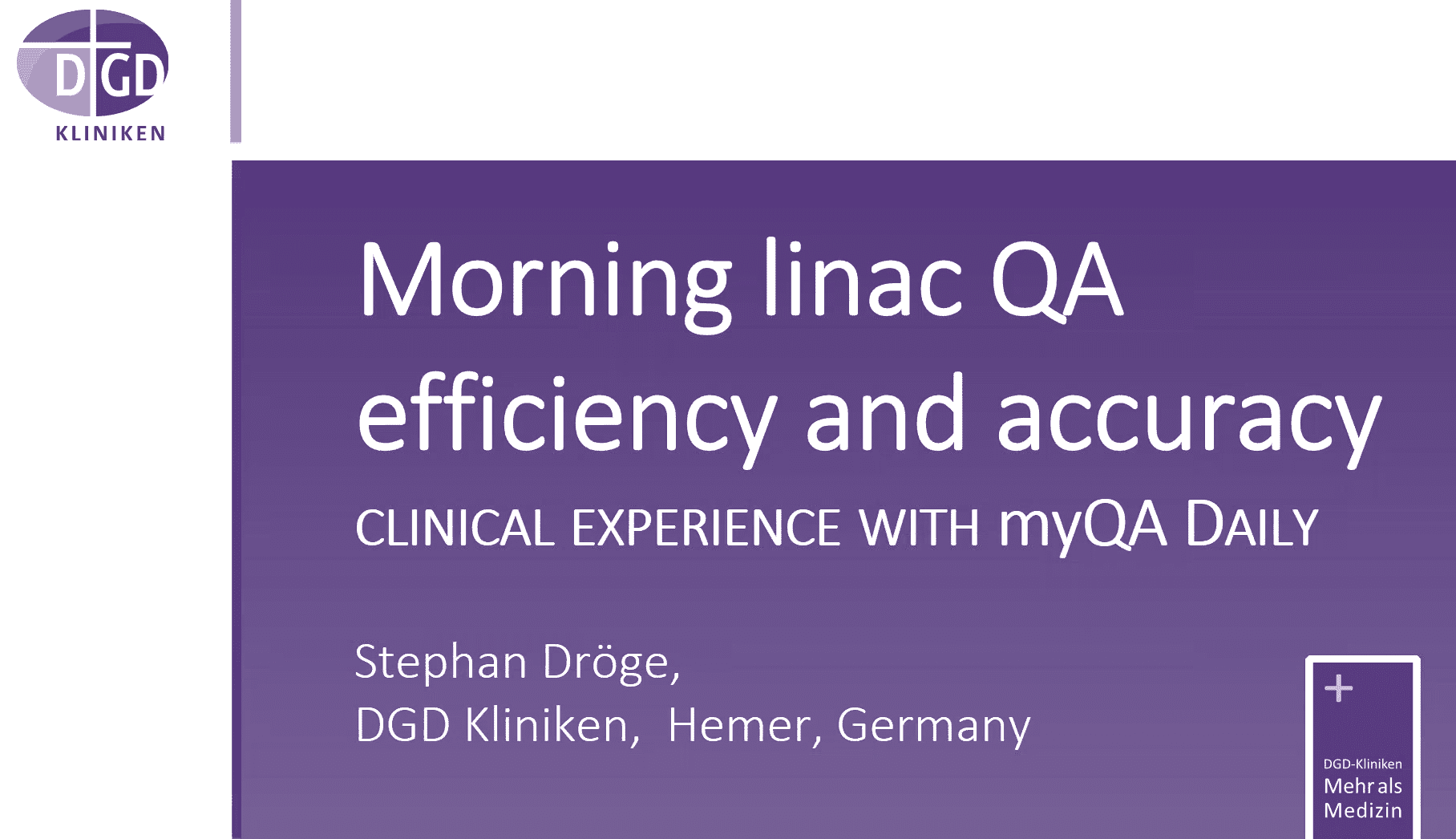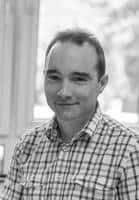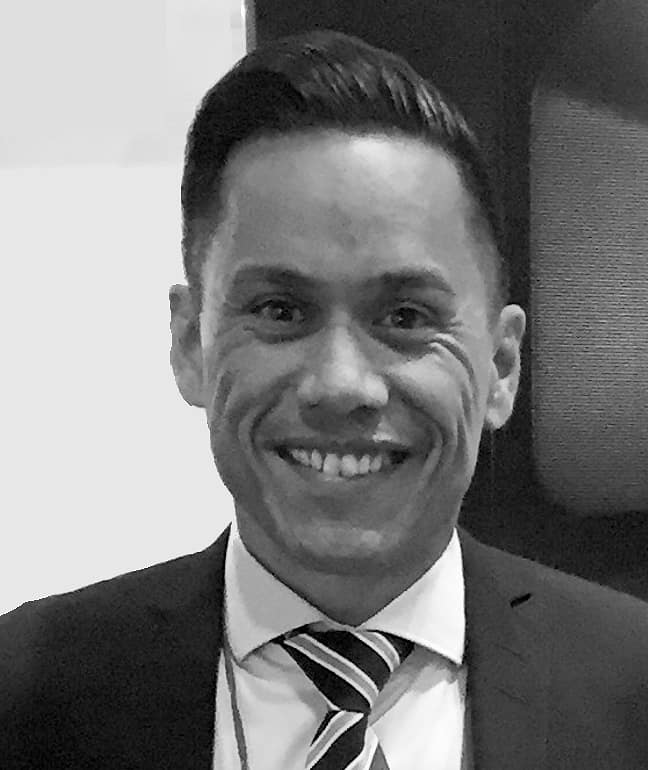Quantum squeezing has been used to increase the sensitivity of the LIGO and Virgo interferometers, making them better at detecting gravitational waves. The technique involves reducing the inherent uncertainty in the time at which photons arrive at detectors after travelling on round trips of several kilometres along the interferometer arms. Squeezing was implemented in April 2019 and has boosted the sensitivity of LIGO and Virgo detectors by factors of 20% and 50% respectively.
Since 2015 the two LIGO interferometers in the US – and more recently, the Virgo interferometer in Italy – have been detecting gravitational waves (ripples in spacetime) from merging pairs of black holes and neutron stars.
Each detector comprises two perpendicular interferometer arms, which are 4 km long at LIGO and 3 km at Virgo. An interferometer works by splitting laser light into two beams that travel out along the arms. The beams bounce off mirrors at the ends of the arms and return along the arms to their vertex, where the light is recombined and detected.
Subatomic-sized changes
The LIGO and Virgo interferometers are set so that the light undergoes destructive interference at the detector, which normally measures a null signal. When a gravitational wave moves through the interferometer it can cause tiny changes in the length of one or both arms. Destructive interference no longer occurs, and some light is detected. In this way, the detectors are able to measure length changes as small as 10−19 m – which is about 10,000 times smaller than the diameter of a proton.
An important limitation on the precision of these measurements is noise caused by quantum fluctuations in the light. These fluctuations create a small spread in the times that it takes photons to travel back and forth along the arms of an interferometer. As a result, the destructive interference at the detector is not perfect and the ability of the interferometer to measure a change in arm distance is limited by the width of the distribution of the arrival times of the photons.
Fortunately, quantum mechanics offers a way of reducing the time-distribution width. The “radiation pressure” exerted by the light on optical components within the interferometers also undergoes quantum fluctuations. The uncertainty principle dictates that the product of the time and radiation-pressure distribution widths must be larger than a certain value. It is possible, therefore, to reduce the width of the time distribution at the expense of increasing the width of the radiation-pressure distribution.
Entangled pairs
In both the LIGO and Virgo detectors, the time distribution width has been reduced – or squeezed – by creating pairs of photons using a special device called an optical parametric oscillator. The pairs are quantum-mechanically entangled and have correlated arrival times at the detector – thus reducing the width of the time distribution.

A wave of discovery
Thanks to squeezing, LIGO can now observe astronomical sources of gravitational waves that are about 15% more distant than before – which means that LIGO should be able to spot 50% more objects. Virgo can now see objects that are up to 8% further away, which should allow it to see about 20% more objects.
However, the nature of the uncertainly principle means that LIGO and Virgo physicists must accept greater radiation pressure noise – which tends to degrade the performance of the gravitational wave detectors. This is much more of a problem when trying to detect low frequency signals (below about 50 Hz in LIGO) and is not currently considered a problem for the detection of neutron star and black-hole mergers.
Separate papers in Physical Review Letters describe squeezing in the LIGO and Virgo detectors.
